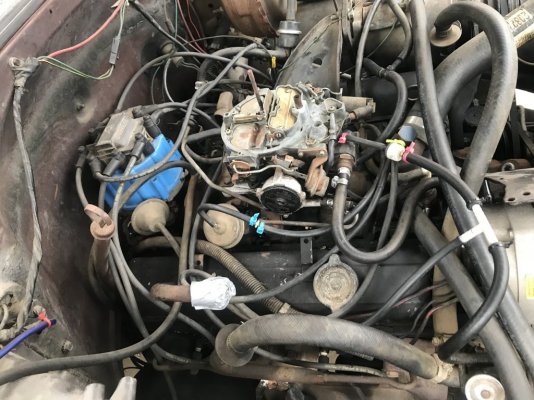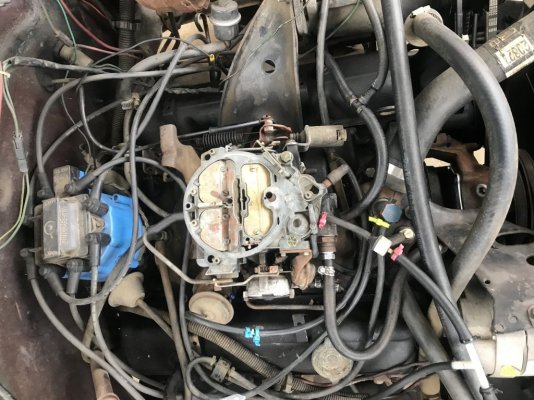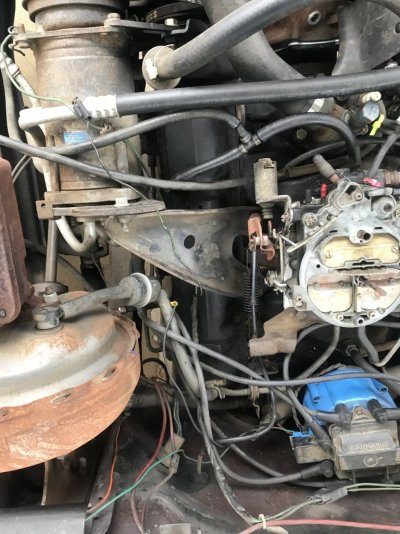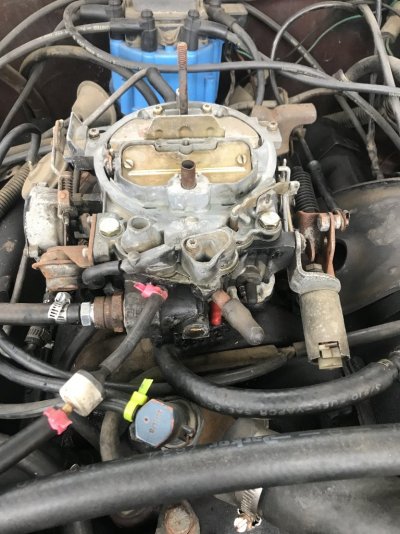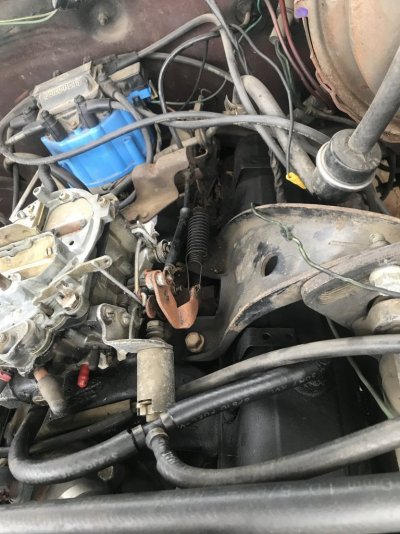Mason Lawley
Junior Member
- Joined
- Aug 6, 2020
- Posts
- 8
- Reaction score
- 8
- Location
- Reno, Nevada
- First Name
- Mason
- Truck Year
- 1978
- Truck Model
- C20
- Engine Size
- 350
Re-installed the quadrajet after doing my first carburetor rebuild. The first video is of the truck running without a foot on the pedal at all. Seems to idle high for awhile, and then eventually dies.
Any help to point me in the right direction is much appreciated. Pictures of the carb at the end of the post.
Second video there is a foot on the pedal applying gas, and still dies out the same.
Here are some pictures of the carburetor as well, had the vacuum gauge plugged into the rear manifold vacuum and was getting right at 20 in. -Hg during both videos.
1978 Chevy C20 Stock quadrajet and 350
Any help to point me in the right direction is much appreciated. Pictures of the carb at the end of the post.
xc_hide_links_from_guests_guests_error_hide_media
Second video there is a foot on the pedal applying gas, and still dies out the same.
xc_hide_links_from_guests_guests_error_hide_media
Here are some pictures of the carburetor as well, had the vacuum gauge plugged into the rear manifold vacuum and was getting right at 20 in. -Hg during both videos.
1978 Chevy C20 Stock quadrajet and 350


